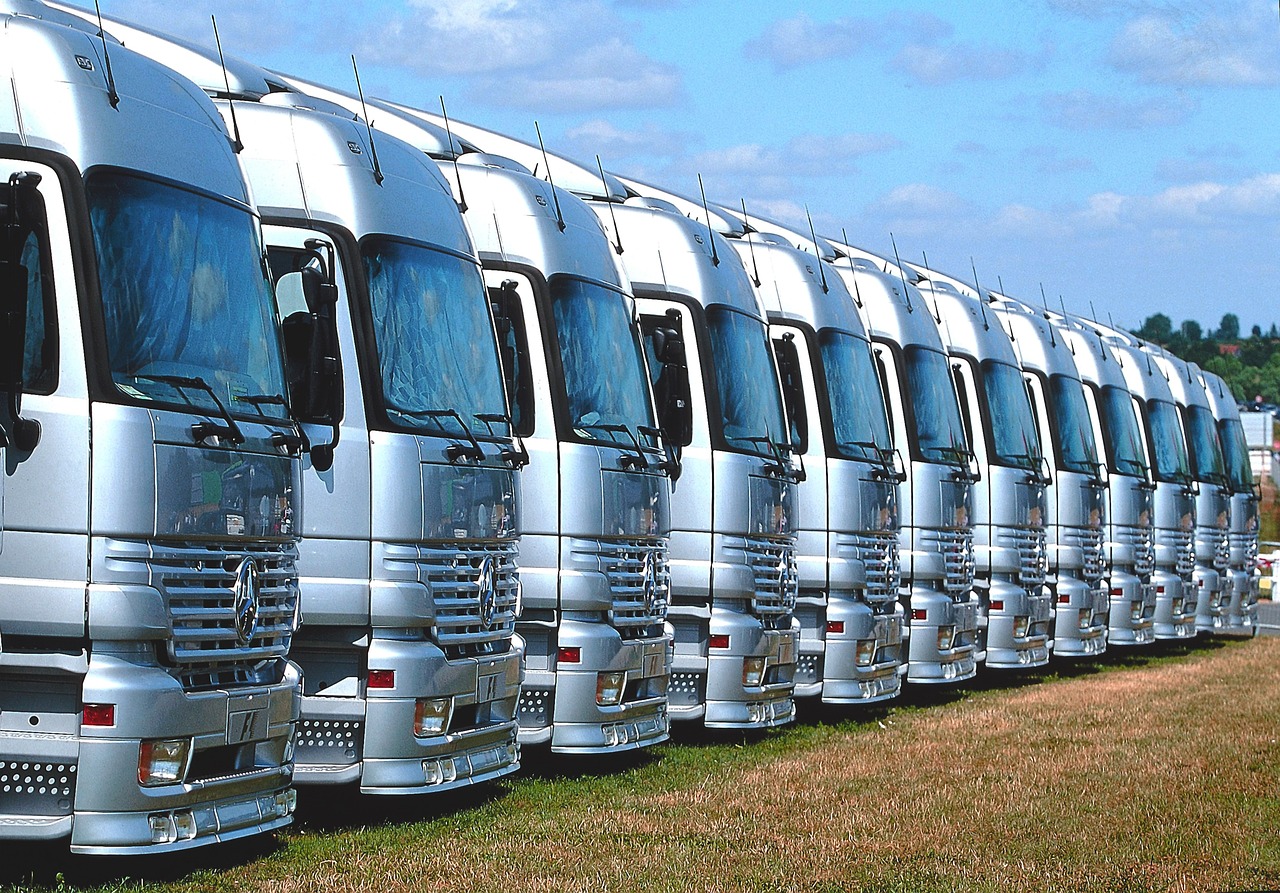
When you manage fleets—whether oil tankers crossing oceans, trucks carrying food across cities, or aircraft transporting people across borders—you’re not just moving assets. You’re safeguarding lives, reputations, and national resilience.
Yet the risks are escalating. Hazardous cargo, stricter regulations, climate volatility, supply chain pressures, cyber threats, and a global talent crunch are all converging. Traditional fleet risk management can no longer keep up.
This is where AI and machine learning are transforming the rules of the game—and why organizations across oil & gas, food logistics, construction, maritime, aviation, and the public sector need to rethink their approach now.
The Cost of Doing Nothing
- Fleet-related incidents already cost businesses over $60 billion annually, with a single accident sometimes topping $500,000 once injury claims, downtime, and reputational fallout are factored in.
- Construction fleets face accident rates 71% higher than other industries, while aviation maintenance delays drive 25% of flight disruptions.
- Cold-chain fleets risk catastrophic losses if temperatures deviate by just a few degrees.
- Shipping fleets face increasing sanctions scrutiny, with penalties that can ground vessels indefinitely.
The message is clear: ignoring risk is no longer an option.
How AI is Redefining Fleet Risk Management
At LAMAH, we see AI and ML as enablers of a new era of fleet resilience. Here’s how they’re reshaping the landscape today:
- Predictive Maintenance: Detecting failures before they happen, reducing unscheduled breakdowns by up to 47%, and extending asset life.
- Route Optimization: Cutting fuel consumption by 10% while ensuring critical cargo—like perishable food or hazardous materials—arrives safely and on time.
- Driver Behavior Analysis: Using dashcams and telematics to identify fatigue, distraction, or risky driving in real time, then triggering interventions.
- Automated Compliance: Logging driver hours, emissions data, and cargo manifests without human error, reducing audit risks.
- Incident Response & Claims: Capturing crash data instantly and accelerating claims management—turning weeks of paperwork into hours.
- Asset Security: Detecting theft, fuel diversion, or unauthorized stops through AI-enabled anomaly detection.
What Comes Next
The future of fleet risk management is already taking shape:
- Semi-autonomous fleets that reduce human error in trucks, ships, and aircraft.
- Digital twins that simulate entire fleets to optimize operations and predict risk under multiple scenarios.
- AI-driven enforcement of safety policies—vehicles that can automatically slow down or prevent risky maneuvers.
- IoT and 5G integration enabling real-time monitoring of vehicles, cargo, and environmental conditions.
- Sustainability intelligence that manages EV fleets, charging patterns, and emissions in line with ESG targets.
What Leaders Should Be Asking Themselves
- Do we have the right risk management framework for fleets that carry hazardous, perishable, or mission-critical goods?
- Are we still relying on reactive maintenance—or are we ready to adopt predictive analytics?
- How well do we integrate fleet safety, compliance, environmental goals, and financial risk into one unified risk program?
- Are we leveraging AI and telematics just for monitoring, or are we using them for real-time decision-making and policy enforcement?
- If regulators or auditors reviewed us tomorrow, how confident would we be in demonstrating compliance across all jurisdictions?
LAMAH’s Perspective
At LAMAH Intelligent Solutions, we believe the next decade will separate organizations into two groups:
- Those that modernize their fleet risk management with AI-driven resilience and thrive.
- Those that remain reactive, fragmented, and vulnerable.
Our role is to help leaders in oil & gas, food production, construction, aviation, maritime, and public services turn complexity into clarity—designing fleet risk programs that are not just compliant, but predictive, adaptive, and future-proof.
👉 If you’re asking yourself how to bring AI into your fleet risk management strategy, that’s exactly the conversation we’d love to have with you.
=======================================================================
Disclaimer:
The views and information expressed in this article are provided for general informational and educational purposes only and do not constitute professional, legal, financial, or investment advice. LAMAH Intelligent Solutions and the author(s) make no representations or warranties as to the accuracy, completeness, or suitability of the information contained herein and accept no liability for any loss or damage arising from reliance on it. Readers are advised to seek independent professional advice before making any decisions based on this content.



